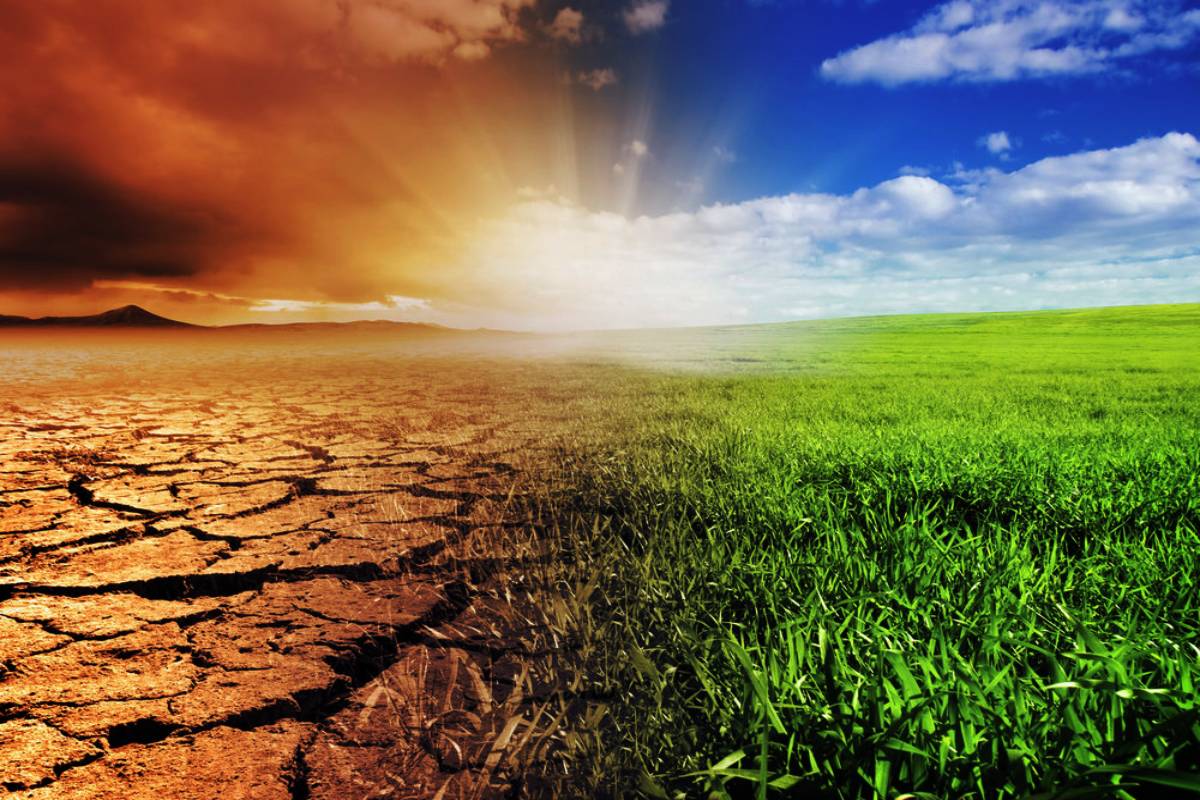Increasing climate change — as seen in rising temperature, day length and humidity — are linked to the increased spread of a diarrhoeal illness, according to a study.
The findings, published in the journal PLOS Computational Biology, could help predict further outbreaks of the illness, potentially leading to better preparedness within health services.
Advertisement
Researchers from the University of Surrey investigated the impact of local weather on the transmission of campylobacteriosis — a bacterial infection that can cause diarrhoea and stomach pains.
According to the World Health Organization, Campylobacter infections are the most common causes of human bacterial gastroenteritis in the world. Infections are generally mild, but can be fatal among very young children, elderly, and immunosuppressed individuals.
Using an innovative mathematical model the team compared approximately 1 million cases of campylobacteriosis in England and Wales over a 20-year period and weather parameters at the time.
Analysis of this data showed incidences of campylobacteriosis were consistent below temperatures of 8 degrees Celsius.
However, a sharp increase in infection (approximately 1 case per million) were observed for every 5 degrees rise in temperature, where temperatures were between 8 and 15 degrees Celsius.
A link to humidity was identified by the team who also observed high incidents of infection when levels of water vapour in the air were between 75 per cent and 80 per cent.
Interestingly, researchers observed strong associations between day length (longer than 10 hours) and increased cases of the illness.
This association was further strengthened when humidity was also high.
Rainfall and wind- speed were not strongly linked to the spread of campylobacteriosis.
“What we have found is that rising temperatures, humidity and increased day length are associated with the spread of campylobacteriosis. We do not fully understand why this may be. It could be that warm weather increases the survival and spread of pathogenic bacteria (so the weather causes the disease) or alternatively it could be people’s behaviour and how they socialise during such periods,” said Dr. Giovanni Lo Iacono, Senior Lecturer in Biostatistics and Epidemiology, in the School of Veterinary Medicine at the University of Surrey, UK.
“However, what we do know is that climate change not only has an environmental impact but has the potential to negatively affect our health by aiding the spread of infectious diseases.”











